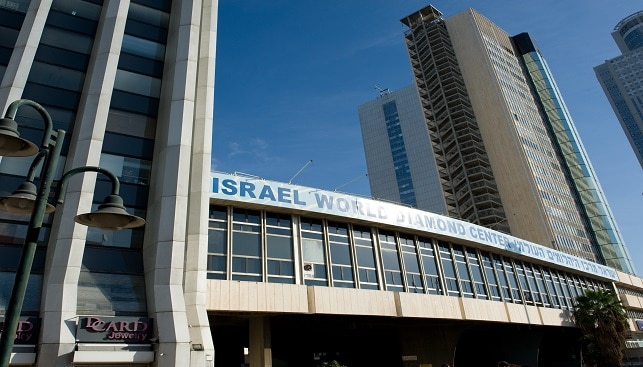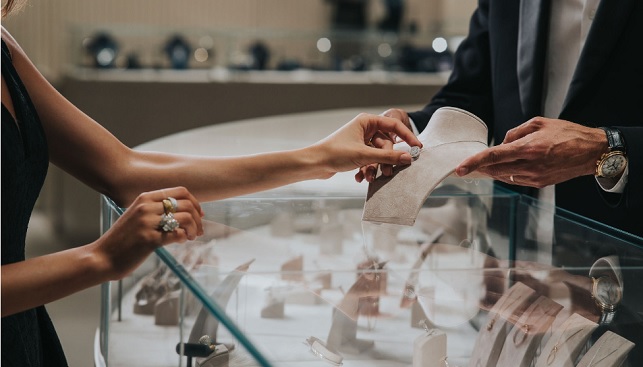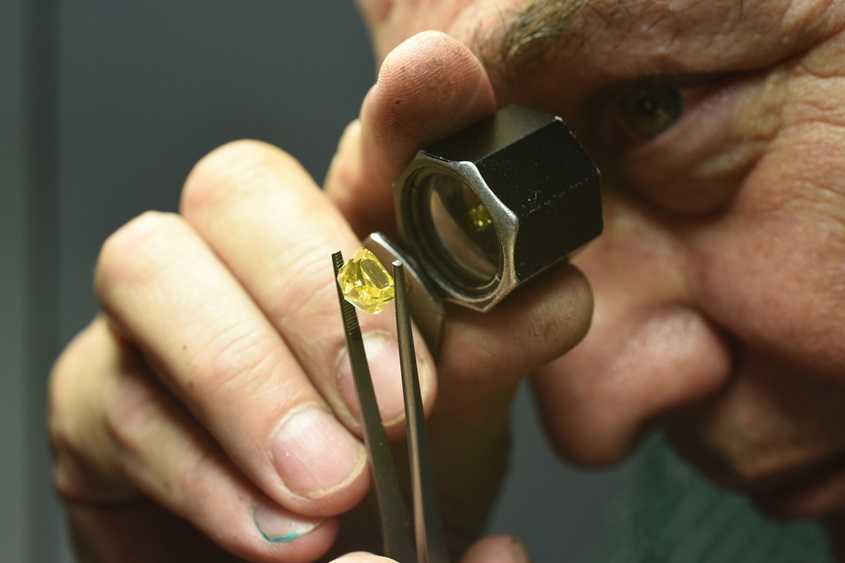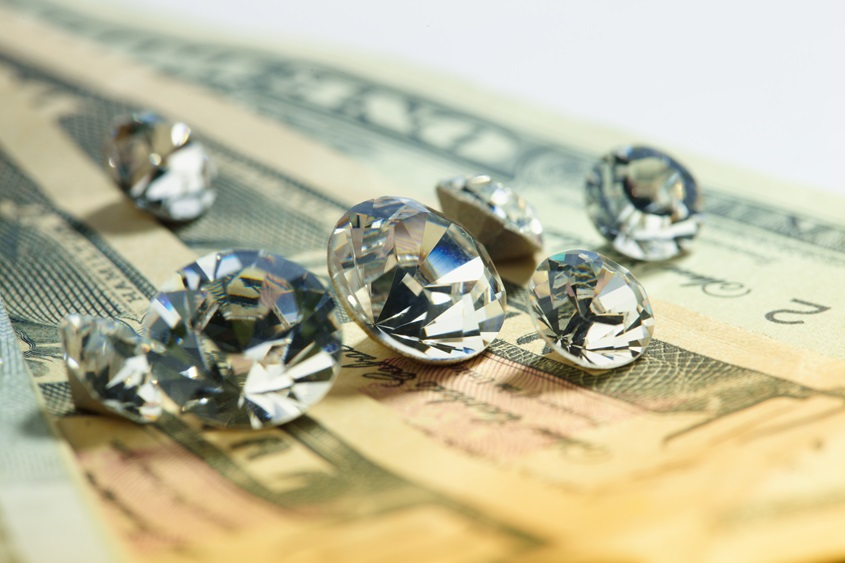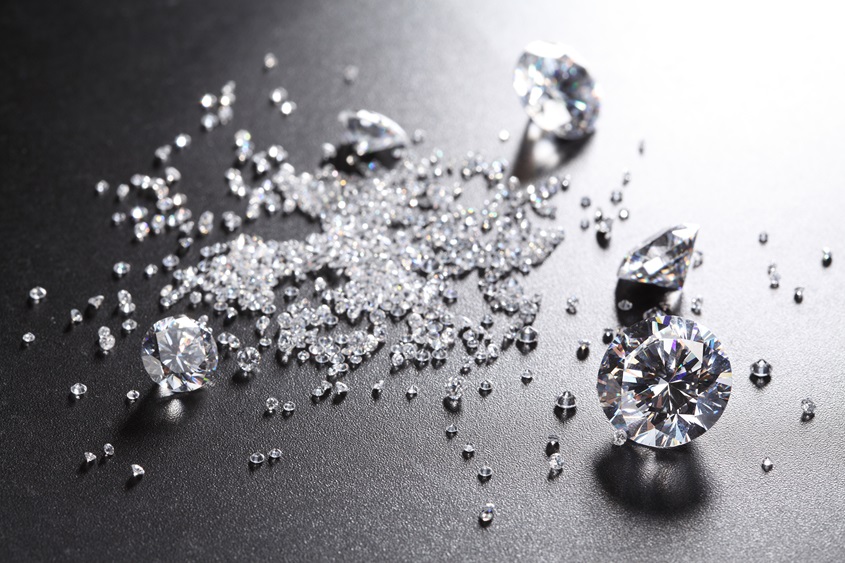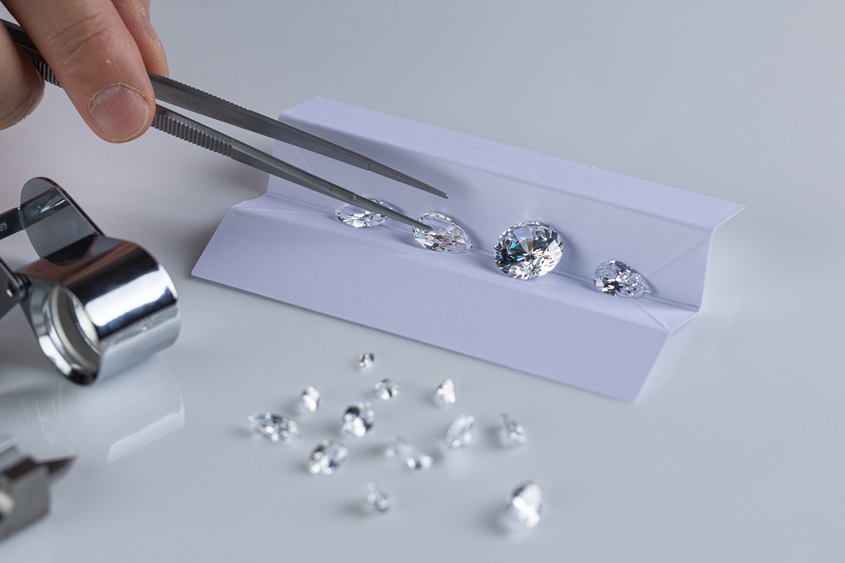Love well may be the basis for the strong relationship forged over the years between the Jewish people and the diamond industry. The word “Diamond” was first mentioned in the Bible, as a stone that used to adorn the clothes of the Jewish high priest. It is doubtful whether the stone used then was anything like the diamond as we know it today, but one thing is certain: The word “diamond”, and the promise it carries, has accompanied the Jewish heritage from its very beginnings.
The link between the Jewish people and diamonds was strengthened in the middle ages. The church banned Jews from buying land, engage in agriculture or work in a myriad of other professions. They were therefore driven to work in banking and trade, including the trade in precious stones. As a persecuted minority, diamonds provided Jews with a way to maintain wealth and transport them easily in case of danger. In those days, it was tough to transport diamonds safely or to make sure that payment is received for them. The trusted relationships with Jews in communities across Europe helped to move and trade diamonds, and enabled the diamond trade to flourish – first in the Netherlands and Belgium, then in London during the second World War.
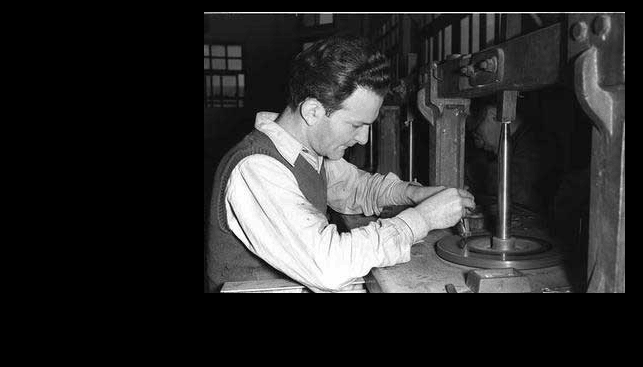
Diamonds Make Aliyah
As early as 1905, Belgian and Dutch diamantaires proposed to rehabilitate the Jewish communities hit by the Kishinev pogroms by teaching them the diamond profession in Israel.
Five years later, traders from Antwerp sent polishing machines to Jerusalem, but were pressured by the Antwerp industry to never use them. The machines were taken out of storage and operated only 30 years later, when the British Mandate authorities abolished the import tax on rough diamonds. In those years, many diamantaires emigrated from Europe to Israel and helped to develop the industry. They established the “Diamonds Club in Eretz Israel” on the corner of Herzl St. and Ahad Ha’am St. in Tel Aviv. At the end of the decade, the first polishing factory was opened in Netanya, which in the future will earn the title “Diamond City”.
In 1946, the the Israel Diamond Exchange (IDE) was established in Ahuzat Bait St. in Tel Aviv. Two years later, in 1948, the bourse, the Diamond Club and the Association for Development of the Diamond Trade merged. The new organization numbered 800 members.

In the first years of the young Israeli state, the industry re-organized and stabilized, and began to receive allotments of rough diamonds from De Beers. The bourse joined the World Federation of Diamond Bourses (WFDB) and polishing factories were established in peripheral towns.
In the 1960s, an agreement was signed with De Beers, which made Israel a world leader in the trade of melee stones. Towards the end of the decade, the bourse moved to Ramat Gan and became a global hub for trading diamonds. In the 1970s, exports of polished diamonds from Israel exceeded the $1 billion mark for the first time, and at the end of the 1980s, that figure was doubled to $2 billion annually.
Industry Leaders
In the 1990s, the love story between Israel and the diamond industry grew even stronger: In 1995, the Israeli Diamond Institute inaugurated an innovative technological center, and in 1998, the Rough Trading Hall was inaugurated.
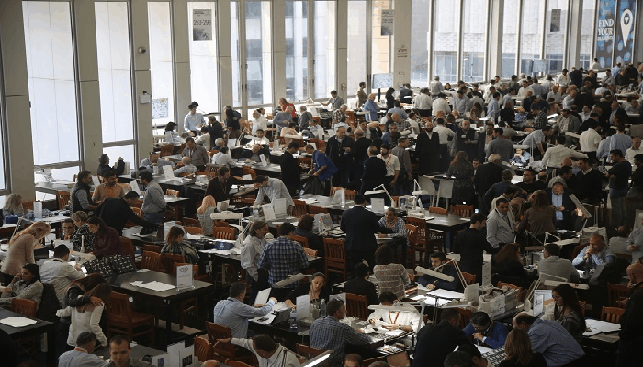
Since the turn of the 21st century, Israel repeatedly showed global leadership in the field: It was the first to adopt the Kimberley Process, which banned the use of “conflict diamonds”, and signed the first ever ethical code for diamond trading. In recent years, a new manufacturing center was opened, a website for online diamond trading, Get-Diamonds, was launched, and many other ventures have further established Israel as a global leader in the field.
A Story about Love and Beauty
Diamonds have accompanied the story of the Jewish people for hundreds of years. They helped Jews to weather persecution, helped make the Jewish state a reality, and continue to significantly contribute to Israel’s economy to this day.
The shared history, deep connection, high-level skills and experience ensure that this relationship only grows stronger in the future. That same love will continue to provide respectful livelihood for people working in the industry, strengthen the local economy, and accompany the Jewish people everywhere. Because, when it comes to the Jewish people and the world of diamonds, “Many waters cannot quench love, Neither can floods drown it”.

